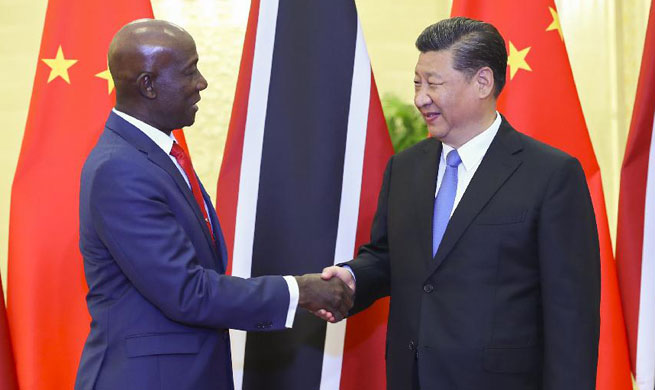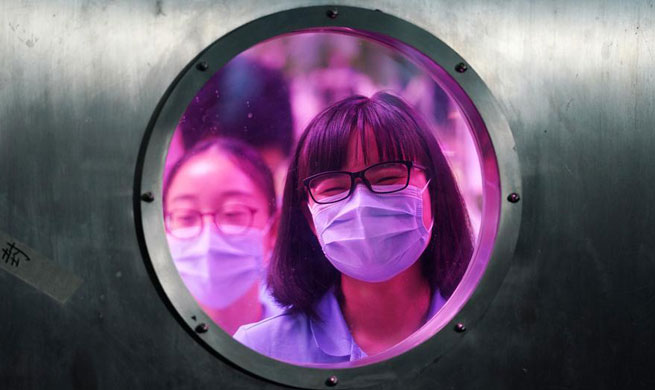GENEVA, May 15 (Xinhua) -- The World Health Organization (WHO) published Tuesday its first catalogue of tests needed to diagnose the most common health conditions as well as a number of priority diseases to improve diagnosis and treatment outcomes.
The Essential Diagnostics List concentrates on in vitro tests, which are tests of human specimens like blood and urine.
It contains 113 products, of which 58 are listed for detection and diagnosis of a wide range of common conditions, providing an essential package that can form the basis for screening and managing patients. The remaining 55 tests are designed for the detection, diagnosis and monitoring of "priority" diseases such as HIV, tuberculosis, malaria, hepatitis B and C, human papillomavirus and syphilis.
Some of the tests are particularly suitable for primary health care facilities, where laboratory services are often poorly resourced and sometimes non-existent, such as tests that can rapidly diagnose a child for acute malaria or glucometers to test diabetes. These tests do not require electricity or trained personnel. Other tests are more sophisticated and therefore intended for larger medical facilities.
"Our aim is to provide a tool that can be useful to all countries, to test and treat better, but also to use health funds more efficiently by concentrating on the truly essential tests," said Mariangela Simao, WHO assistant director-general for access to medicines, vaccines and pharmaceuticals. "Our other goal is to signal to countries and developers that the tests in the list must be of good quality, safe and affordable."
For each test category, the List specifies the type of test and intended use, format, and whether it is appropriate for primary health care or for health facilities with laboratories. It also provides links to WHO guidelines or publications and, when available, to pre-qualified products.
Similar to the WHO Essential Medicines List, which has been in use for four decades, the Essential Diagnostics List is intended to serve as a reference for countries to update or develop their own list of essential diagnostics.
The WHO will update the Essential Diagnostics List on a regular basis, and will call for applications to add categories to the next edition, so that the list will expand to incorporate other important areas including antimicrobial resistance, emerging pathogens, neglected tropical diseases and additional noncommunicable diseases.
According to the WHO, many people are currently unable to get tested for diseases and many are incorrectly diagnosed. For example, an estimated 46 percent of adults with type 2 diabetes worldwide are undiagnosed, risking serious health complications and higher health costs.
Late diagnosis of infectious diseases such as HIV and tuberculosis also increases the risk of spread and makes them more difficult to treat.

















